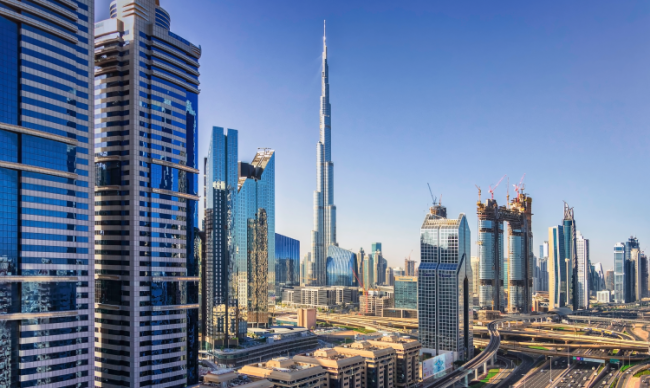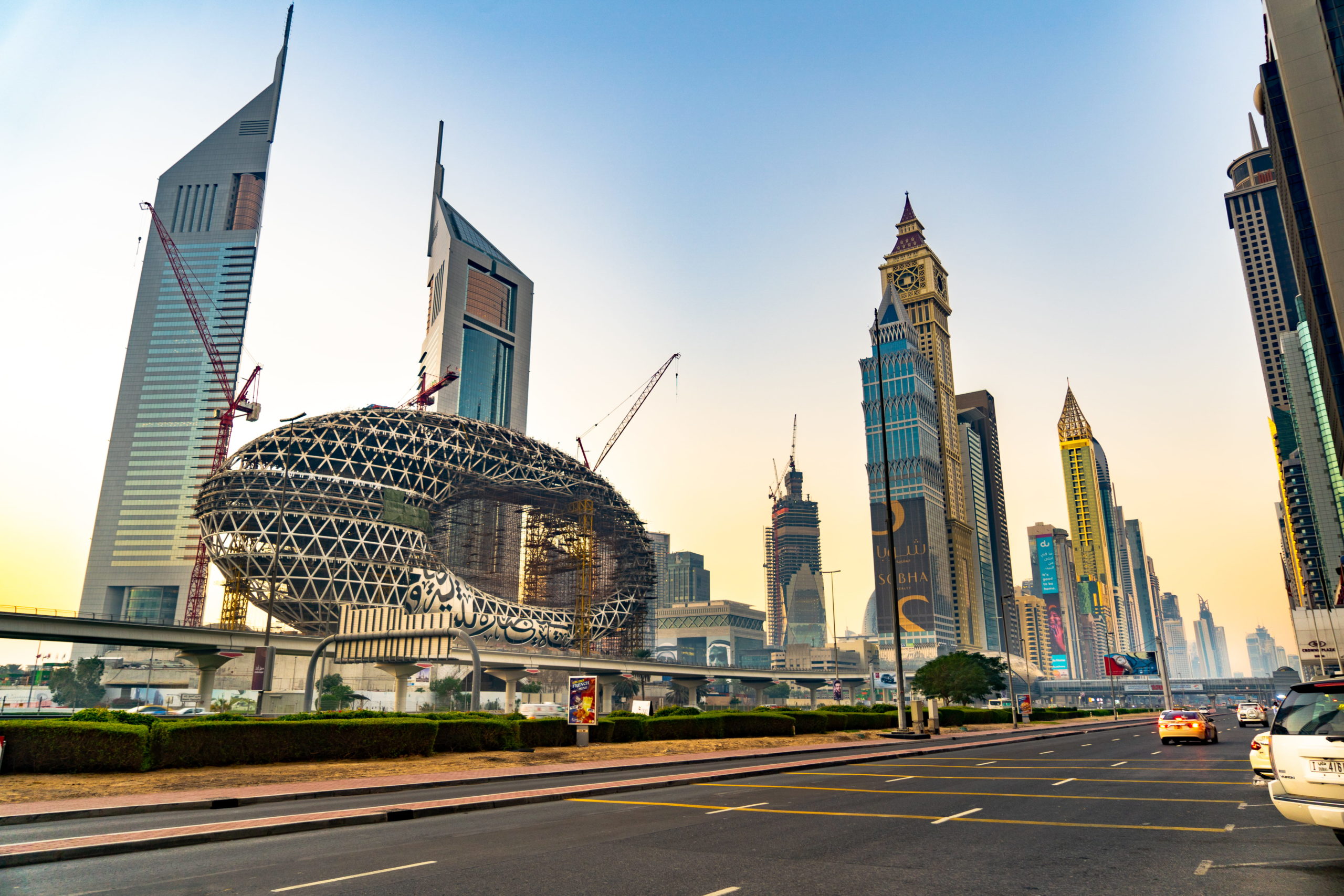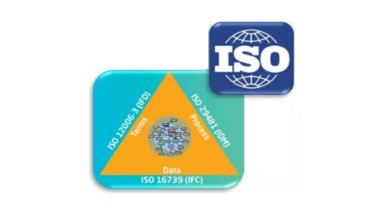Zigurat Global Institute of Technology
Blog / BIM & Construction Management
The status of BIM implementation in the Middle East
Categories

The Middle East is a unique market for BIM, and its use is expected to increase in the upcoming years. The Middle East is the iconic place where some of the most innovative building projects in the world are currently being developed. An illustrative example is the Museum of the Future, a project developed by the architect Shaun Killa, as well as the launch of the “National transport and Logistics Strategy” by Crown Prince Mohammed Bin Salman in 2021, which aims to strengthen human and technical capabilities in the transport and logistics sector in KSA.
The high demand for qualified professionals and tight schedules show that construction companies will greatly benefit from the implementation and use of BIM in this region. Although its implementation is only giving its first steps, evidence points towards an increasing growth taking place in the Middle East in the near future. Construction companies already engaged with BIM acknowledge that having professionals with strong BIM skills increases project outcomes, boost their quality and innovation, and significantly reduces their duration and costs.
“The Museum of the Future is a low carbon civic building, using parametric design, passive solar architecture, low-energy, and low-water engineering solutions, as well as recovery strategies for both energy and water and building integrated renewables.”
 Museum of the Future in Dubai. A study conducted by Dodge Data & Analytics, published in “The Business Value of BIM in the Middle East” (2017), demonstrate that many architects and contractors who are already employing BIM expect to be using it in the vast majority of their projects, and those who are not engaged with BIM yet acknowledge its significance to the construction industry and expect a high level of its implementation in the Middle East in the next few years.
Museum of the Future in Dubai. A study conducted by Dodge Data & Analytics, published in “The Business Value of BIM in the Middle East” (2017), demonstrate that many architects and contractors who are already employing BIM expect to be using it in the vast majority of their projects, and those who are not engaged with BIM yet acknowledge its significance to the construction industry and expect a high level of its implementation in the Middle East in the next few years.
The increase of efficiency thanks to multidisciplinary coordination, improvement of communication between teams, and the reduction of errors and time delays in project development are some of the benefits gained upon the implementation of BIM. In addition, the use of BIM could be the key to a more sustainable era of construction by helping professionals manage resources more responsibly, thereby reducing the impacts of construction on the environment.
Many professionals in the Middle East also highlight that the use of BIM has boosted their ability to market business to new clients, enhanced their organization’s image as a construction industry leader, and increased their ability to offer new services. Most of them expect a positive return on investment from BIM implementation of 50% or higher, and those who are not yet involved with BIM show a great interest in this methodology and believe that BIM will be fundamental to the construction industry in the upcoming years.
In addition, it should be remarked that the average salary in the Middle East for BIM-qualified professionals from different categories oscillates between AED70.000 and AED217.000 depending upon the category1. This is a positive indicator that the interest in the implementation and use of BIM in the Middle East will witness significant growth in the short-term future.  Dodge Data & Analytics, 2017
Dodge Data & Analytics, 2017
“What makes unique is that it is a melting pot. Particularly here in Dubai, there is a culture that embraces innovation, but at the same time, they are also looking for innovation and guidance from outside the region that can be applied. This is why this market is different, as we are not adhering to a single set of guidelines for BIM; the region embraces BIM good practice from multiple global sources. It is a very agile market and what makes it a challenge is having to navigate all of this, because there is no single set of rules for most engineering projects.” (Christopher Tebb , p. 42)
BIM is already mandatory in the UAE for projects over 20 stories or larger than 200.000 feet and specialized buildings such as hospitals, education buildings, and government projects. The obstacles that hamper its full implementation in the Middle East, according to BIM experts surveyed, are the shortage of people specialized in BIM, the lack of time and budget to conduct a BIM planning and training, as well as the initial costs for its implementation.
The need of BIM-qualified professionals is increasing exponentially across the Middle East, and the training programs in BIM are becoming more and more important to the BIM uptake in the region. Zigurat can help you fill in this gap. With our Global Master’s in BIM Management you can learn from the best and become a Bim manager leading in the sector. Click on the banner below for more information.
Notes: 1 Data retrieved from URL=https://ae.indeed.com/career/salaries/BIM?from=whatwhere on 22.03.2022.
References: https://damassets.autodesk.net/content/dam/autodesk/www/campaigns/emea/docs/business-value-of-bim-in-middle-east-smr-2017-1.pdf https://ae.indeed.com/career/salaries/BIM?from=whatwhere https://www.middleeastarchitect.com/multimedia/41970-phil-handforth-reveals-under-construction-images-of-dubais-museum-of-the-future-by-killa-design You can find additional information about BIM in the Middle East in the following link: https://cms.law/en/int/expert-guides/cms-expert-guide-to-building-information-modelling-bim/united-arab-emirates People who read this article was also interested in the following: - Innovative methods in BIM implementation for construction: City Center Al Zahia Mall - BIM for Civil Engineering: the case for BIM adoption 



